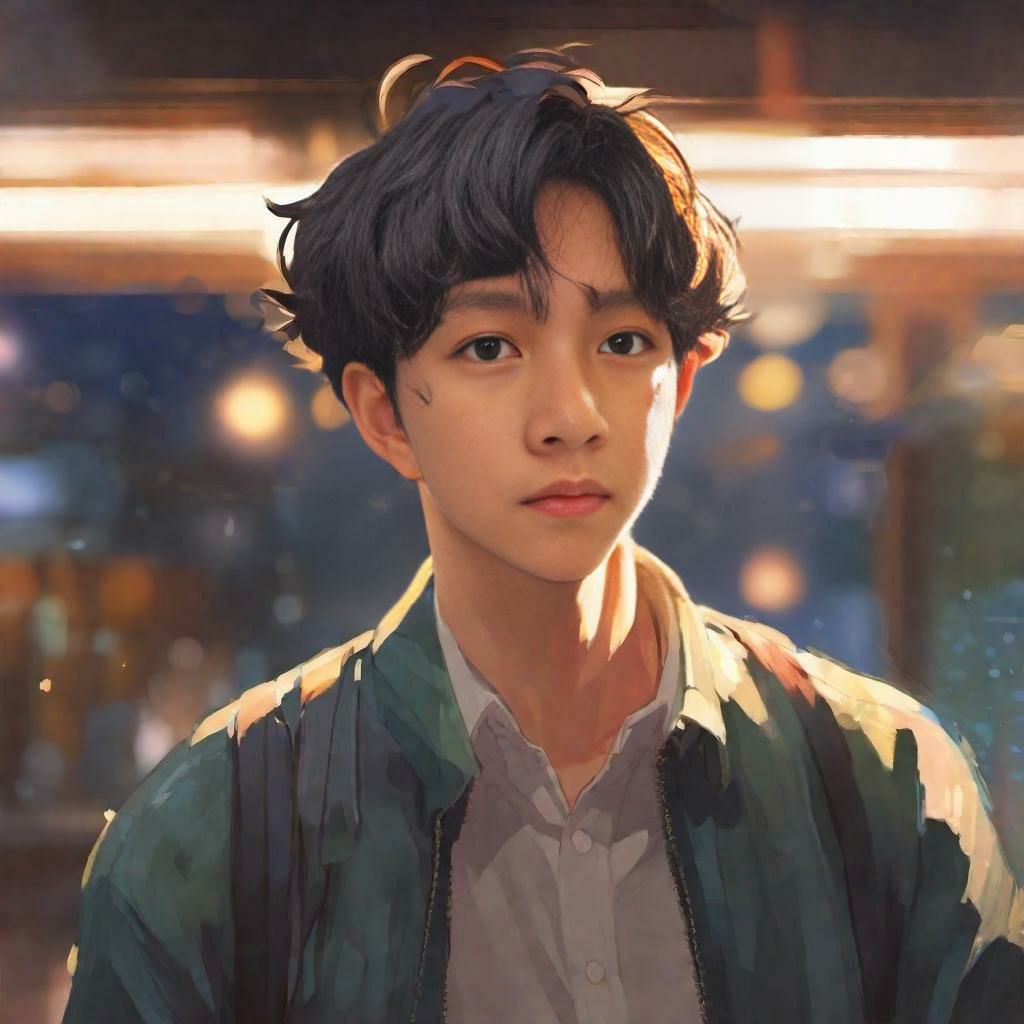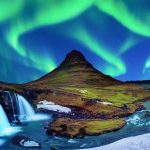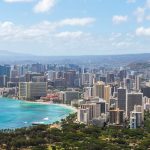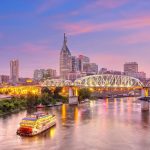Iceland offers dramatic landscapes that shift from geothermal springs to glacial lagoons within hours of driving. The best places to visit in Iceland include the iconic Blue Lagoon, the powerful Dettifoss waterfall, and the remote Westfjords. Other must-see destinations are Reykjavik, Jokulsarlon glacier lagoon, and the colorful mountains of Landmannalaugar.
Keep reading as we explore Iceland's most remarkable destinations that will transform your understanding of natural beauty.
List of Contents
- 1. Reykjavik: Nordic Minimalism Meets Midnight Sun
- 2. Blue Lagoon: Milky Waters in Black Lava
- 3. Golden Circle: Three Wonders in One Day
- 4. Geysir: When Earth Erupts Skyward
- 5. Jokulsarlon: Where Glaciers Meet Ocean
- 6. Westfjords: Iceland's Best-Kept Secret
- 7. Akureyri: The North's Cultural Heart
- 8. Vik: Black Sand Beaches and Sea Stacks
- 9. Landmannalaugar: Painted Mountains
- 10. Snaefellsnes Peninsula: Iceland in Miniature
- 11. Vatnajokull National Park: Europe's Largest Glacier
- 12. Dettifoss: Europe's Most Powerful Waterfall
1. Reykjavik: Nordic Minimalism Meets Midnight Sun
Reykjavik sits on the edge of the world, where colorful rooftops contrast against gray Atlantic skies. The city runs on geothermal energy, making it one of the cleanest capitals on earth.
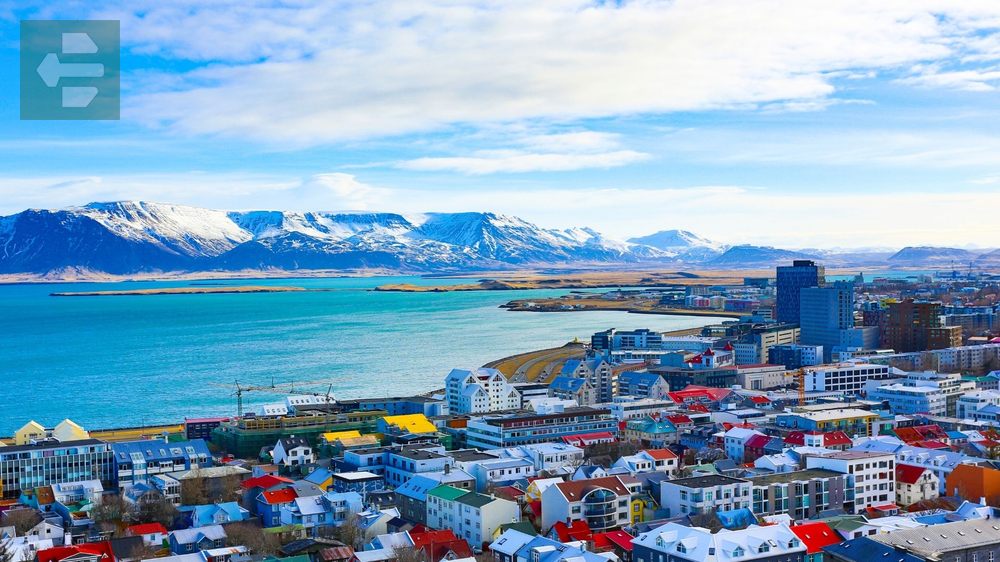
Hallgrimskirkja church towers above the city like a concrete glacier. Climb to the top for views that stretch to distant mountains on clear days.
The old harbor transforms from fishing port to whale-watching hub each morning. Local boats head out year-round, though summer offers the best sightings.
Quick Facts:
- Peak season: June-August
- Getting there: Keflavik Airport (45 minutes)
- Entry fee: City walking is free
- Suggested stay: 2-3 days
- Key areas: Old Town, Harbor, Laugavegur shopping street
2. Blue Lagoon: Milky Waters in Black Lava
The Blue Lagoon sits in a 700-year-old lava field, its milky blue waters heated by underground geothermal activity. The water maintains a constant 99-102°F year-round.
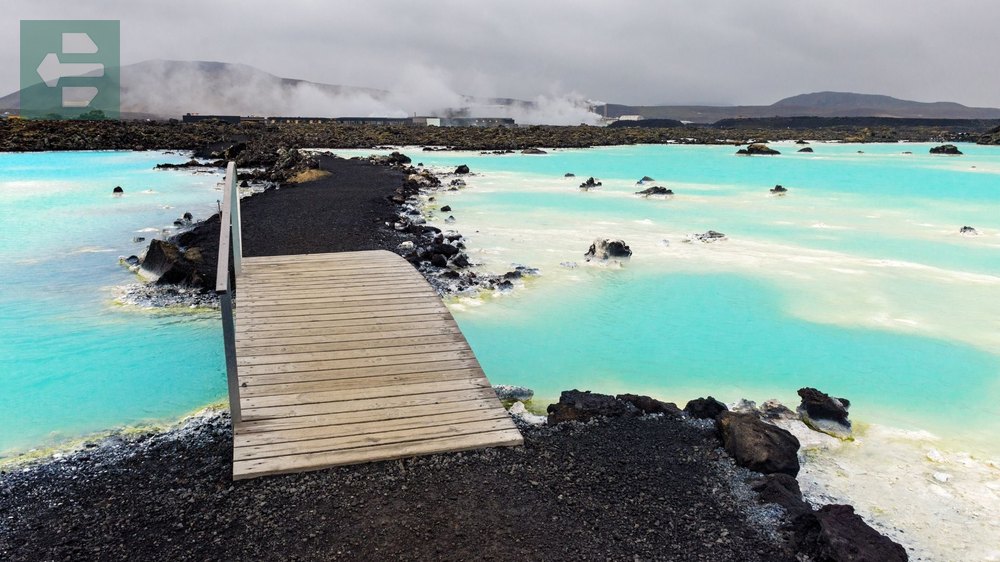
Silica mud masks are included with admission. Apply the white mud to your face while floating—it dries quickly in the mineral-rich air.
Book weeks ahead during summer. The lagoon limits daily visitors to preserve the delicate ecosystem that creates those otherworldly blue tones.
Quick Facts:
- Peak season: Year-round
- Getting there: 20 minutes from Keflavik Airport
- Entry fee: From $70
- Suggested stay: Half day
- Areas: Main lagoon, Silica Hotel spa, lava restaurant
3. Golden Circle: Three Wonders in One Day
The Golden Circle combines three of Iceland's most famous natural attractions within a 190-mile loop from Reykjavik. Most travelers complete it in a single day.
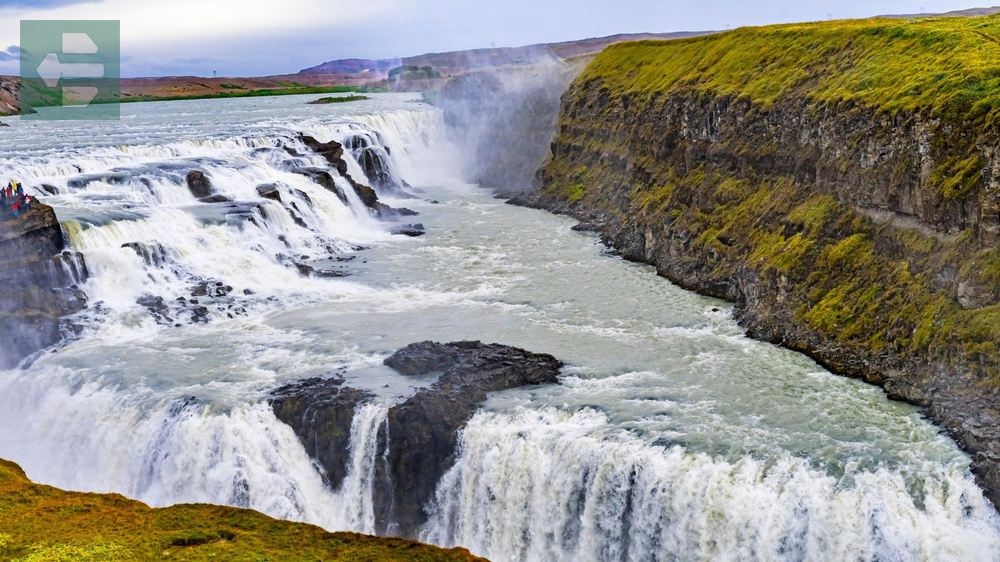
Gullfoss waterfall drops 105 feet in two tiers, creating rainbows on sunny afternoons. The spray can be heavy, so waterproof jackets are essential.
Thingvellir National Park marks where two tectonic plates slowly separate. You can walk between North America and Europe along the Almannagjá rift.
Quick Facts:
- Peak season: April-October
- Getting there: Self-drive or tour bus from Reykjavik
- Entry fee: Free (parking fees apply)
- Suggested stay: Full day trip
- Stops: Gullfoss, Geysir, Thingvellir National Park
4. Geysir: When Earth Erupts Skyward
Geysir gave its name to all geysers worldwide, though it rarely erupts now. Its neighbor Strokkur performs reliably every 5-10 minutes, shooting boiling water 60 feet high.
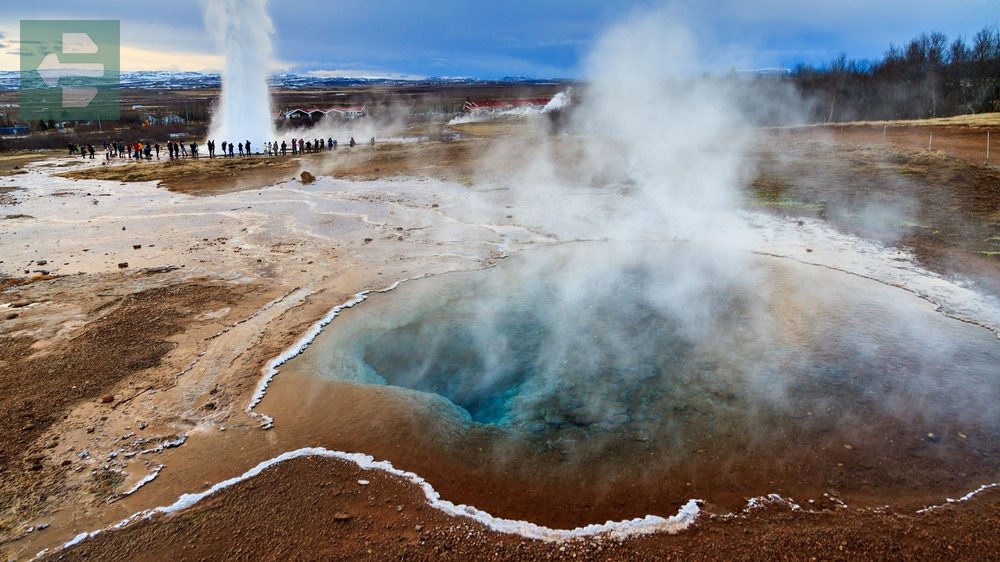
The ground here stays warm year-round from underground thermal activity. Steam rises from dozens of hot springs scattered across the valley.
Stand downwind from Strokkur to avoid the sulfur-scented spray. The eruption lasts only seconds, but the buildup creates anticipation that builds with each bubble.
Quick Facts:
- Peak season: Year-round
- Getting there: Part of Golden Circle route
- Entry fee: Free
- Suggested stay: 1-2 hours
- Features: Strokkur geyser, hot springs, visitor center
5. Jokulsarlon: Where Glaciers Meet Ocean
Jokulsarlon glacier lagoon formed as Breiðamerkurjökull glacier retreated, leaving behind a lake filled with floating icebergs. The ice glows blue from compressed ancient air.
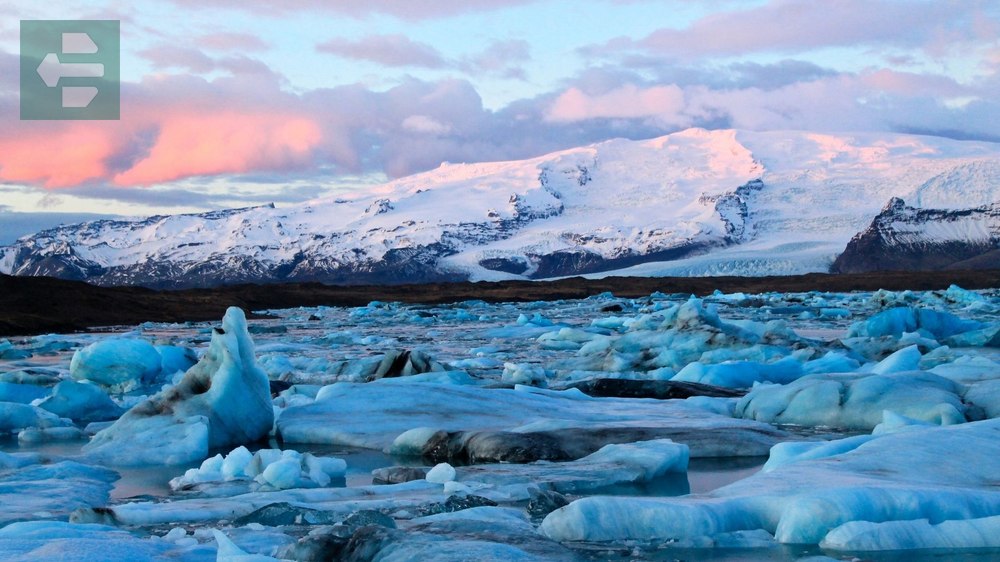
Seals often rest on the smaller icebergs. Boat tours navigate between the ice formations, offering close encounters with these massive frozen sculptures.
The adjacent Diamond Beach features black volcanic sand scattered with translucent ice chunks. Each piece is shaped differently by waves and wind.
Quick Facts:
- Peak season: May-September
- Getting there: 5-hour drive from Reykjavik
- Entry fee: Free viewing, boat tours from $50
- Suggested stay: 2-3 hours
- Areas: Glacier lagoon, Diamond Beach, boat tours
6. Westfjords: Iceland's Best-Kept Secret
The Westfjords remain Iceland's most remote region, accessible only by rough mountain roads or small aircraft. This isolation preserves traditional fishing villages and dramatic clifftop bird colonies.
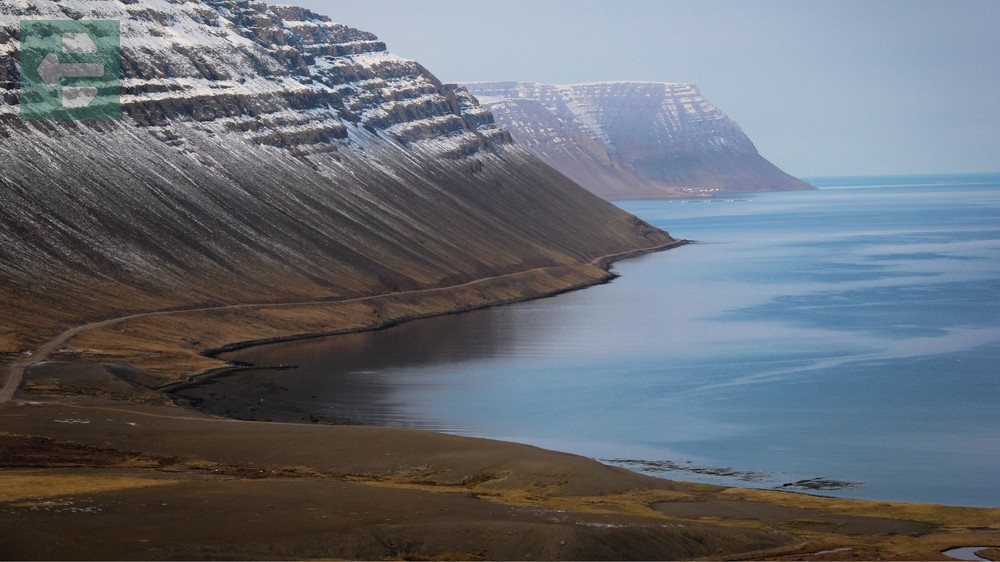
Dynjandi waterfall cascades 330 feet down a mountain face in seven tiers. The sound echoes across the empty valley—few tourists make this journey.
Ísafjörður serves as the region's capital, surrounded by mountains that trap clouds and create constantly changing weather patterns.
Quick Facts:
- Peak season: June-August
- Getting there: 6-hour drive or domestic flight
- Entry fee: Free
- Suggested stay: 3-4 days
- Highlights: Dynjandi falls, Ísafjörður, bird cliffs
7. Akureyri: The North's Cultural Heart
Akureyri thrives as Iceland's northern capital, where summer days stretch 22 hours and winter darkness dominates. The Arctic Circle lies just 60 miles north.
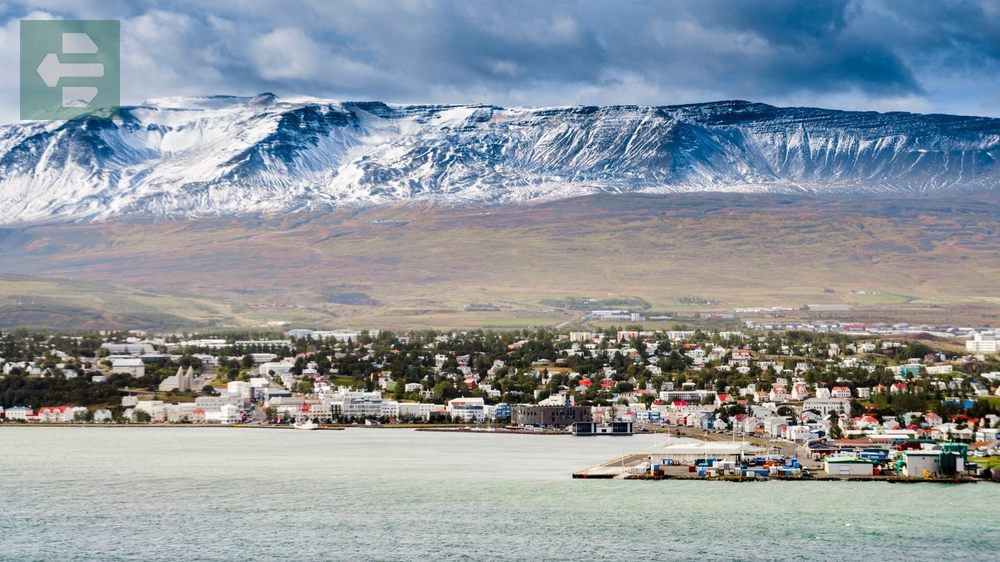
The botanical garden blooms surprisingly well despite the latitude, protected by the surrounding mountains. Local volunteers maintain plants from around the world.
Whale watching from Akureyri's harbor offers better success rates than Reykjavik, with humpback whales common during summer months.
Quick Facts:
- Peak season: June-August
- Getting there: 5-hour drive or domestic flight
- Entry fee: City access free
- Suggested stay: 1-2 days
- Attractions: Botanical garden, harbor, churches
8. Vik: Black Sand Beaches and Sea Stacks
Vik sits on Iceland's southernmost coast, where black volcanic sand beaches stretch for miles. The Reynisdrangar sea stacks rise from the ocean like ancient stone giants.
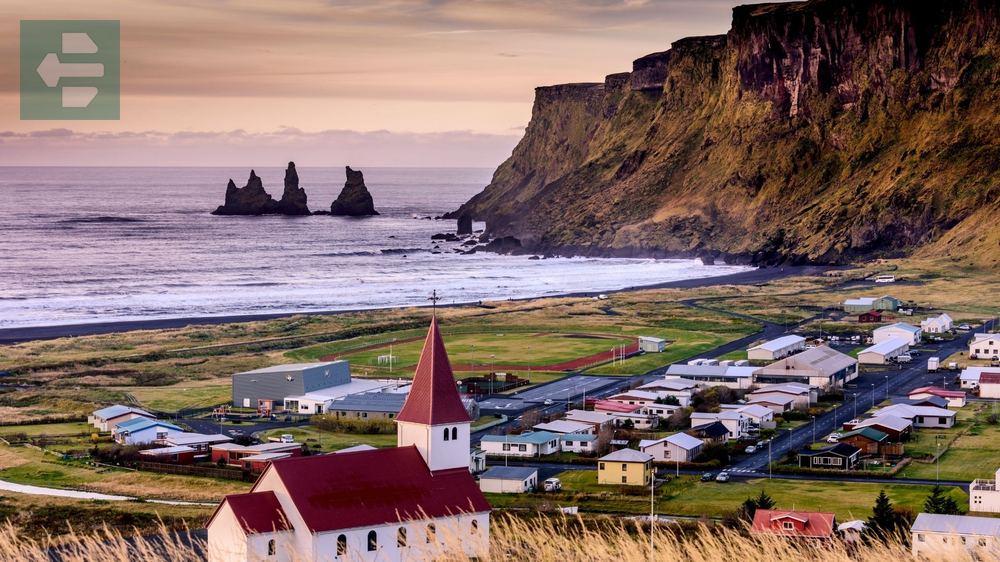
Powerful waves crash constantly along this shore. The Atlantic Ocean here has claimed several tourists who ventured too close to the water's edge.
I learned from locals to watch the waves from a safe distance—every seventh wave typically runs furthest up the beach.
Quick Facts:
- Peak season: April-October
- Getting there: 2.5-hour drive from Reykjavik
- Entry fee: Free
- Suggested stay: 1 day
- Features: Black beach, sea stacks, puffin cliffs (summer)
9. Landmannalaugar: Painted Mountains
Landmannalaugar sits in Iceland's highland interior, where rhyolite mountains display colors from yellow to red to green. The area opens only during summer when snow melts from the mountain roads.
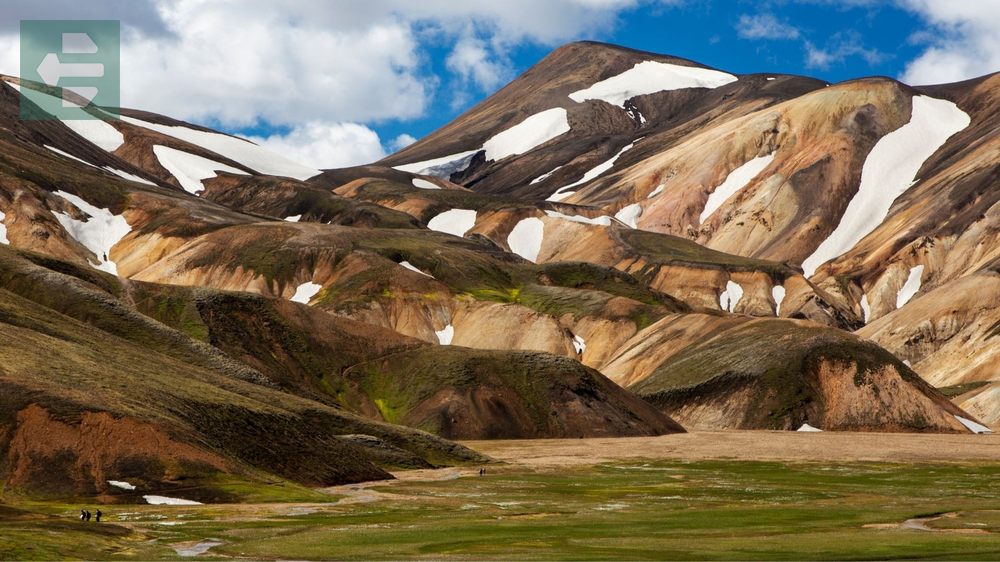
Natural hot springs provide relief after hiking the surrounding peaks. The water temperature stays perfect for soaking while mountain winds keep the air cool.
Four-wheel drive vehicles are mandatory here. The highland roads cross rivers and navigate rocky terrain that destroys regular cars.
Quick Facts:
- Peak season: June-September only
- Getting there: 4WD vehicle required, 3-hour drive
- Entry fee: Free
- Suggested stay: 1-2 days
- Activities: Hiking, hot springs, photography
10. Snaefellsnes Peninsula: Iceland in Miniature
Snaefellsnes Peninsula compresses Iceland's diverse landscapes into a single region. Snaefellsjokull glacier caps the peninsula's volcanic peak, visible on clear days from Reykjavik.
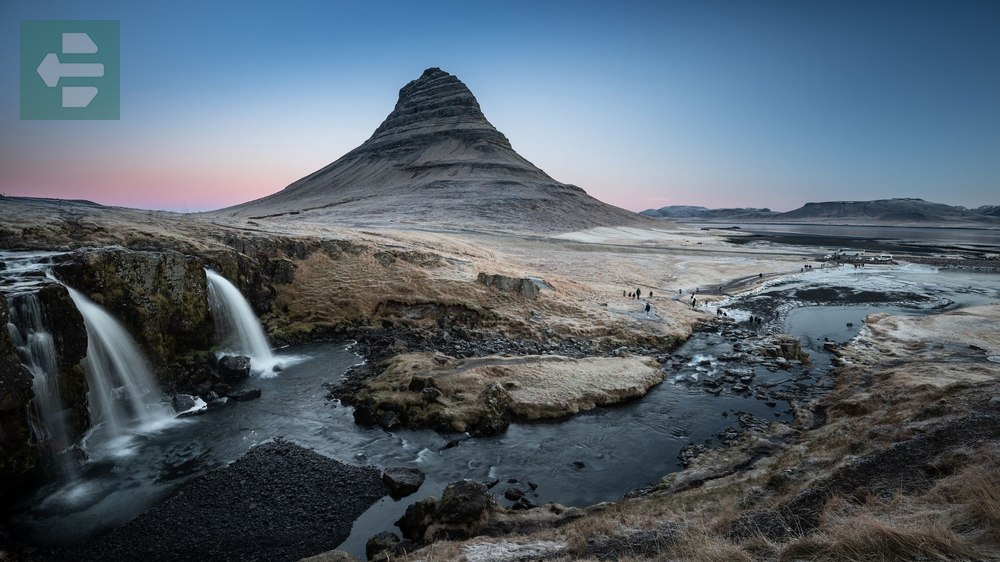
The glacier inspired Jules Verne's “Journey to the Center of the Earth.” Modern visitors find lava fields, fishing villages, and seal colonies instead of underground adventures.
Kirkjufell mountain reflects perfectly in still water during calm evenings. This spot has become Iceland's most photographed mountain.
Quick Facts:
- Peak season: May-September
- Getting there: 2-hour drive from Reykjavik
- Entry fee: Free
- Suggested stay: 1-2 days
- Highlights: Kirkjufell, Snaefellsjokull glacier, coastal towns
11. Vatnajokull National Park: Europe's Largest Glacier
Vatnajokull National Park protects Europe's largest glacier by volume. The ice cap covers 8% of Iceland's total land area and reaches depths of 3,000 feet.
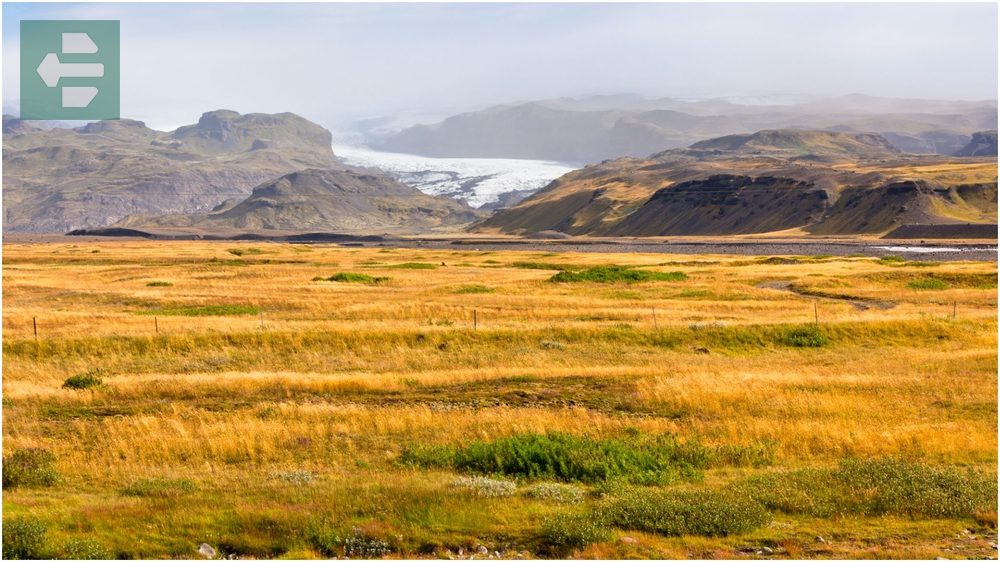
Ice caves form naturally under the glacier each winter. These blue crystal chambers melt and reform annually, creating unique formations that exist only temporarily.
Glacier hiking requires proper equipment and guides. The ice surface hides deep crevasses that can be invisible to untrained eyes.
Quick Facts:
- Peak season: Year-round (ice caves winter only)
- Getting there: Multiple access points around southeast Iceland
- Entry fee: Free park access, tours from $80
- Suggested stay: Full day
- Activities: Ice caves, glacier hiking, photography
12. Dettifoss: Europe's Most Powerful Waterfall
Dettifoss unleashes more water per second than any other European waterfall. The glacial river Jökulsá á Fjöllum drops 144 feet with thunderous force that can be heard from miles away.
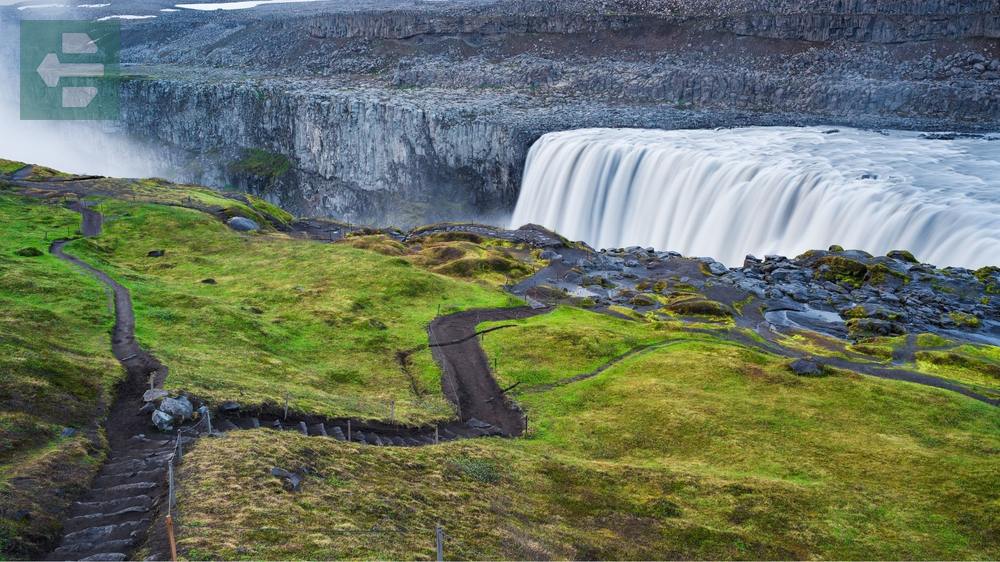
The viewpoint on the east bank offers the classic frontal view, though the west bank provides better photographic angles. Both sides require separate drives on rough roads.
Spray from the falls creates constant mist that soaks everything within 100 yards. The power here dwarfs even Iceland's other massive waterfalls.
Quick Facts:
- Peak season: May-October
- Getting there: 2-hour drive on rough roads from Ring Road
- Entry fee: Free
- Suggested stay: 1-2 hours
- Access: East and west viewing areas
Iceland rewards those who venture beyond the obvious paths. Each destination offers something different—from the refined thermal luxury of Blue Lagoon to the raw power of Dettifoss.
The best places to visit in Iceland combine natural wonders with cultural experiences that exist nowhere else on Earth. Pack layers, bring waterproof gear, and prepare for landscapes that will redefine your understanding of beauty.
Your Iceland adventure begins with a single booking. The land of fire and ice is waiting.

